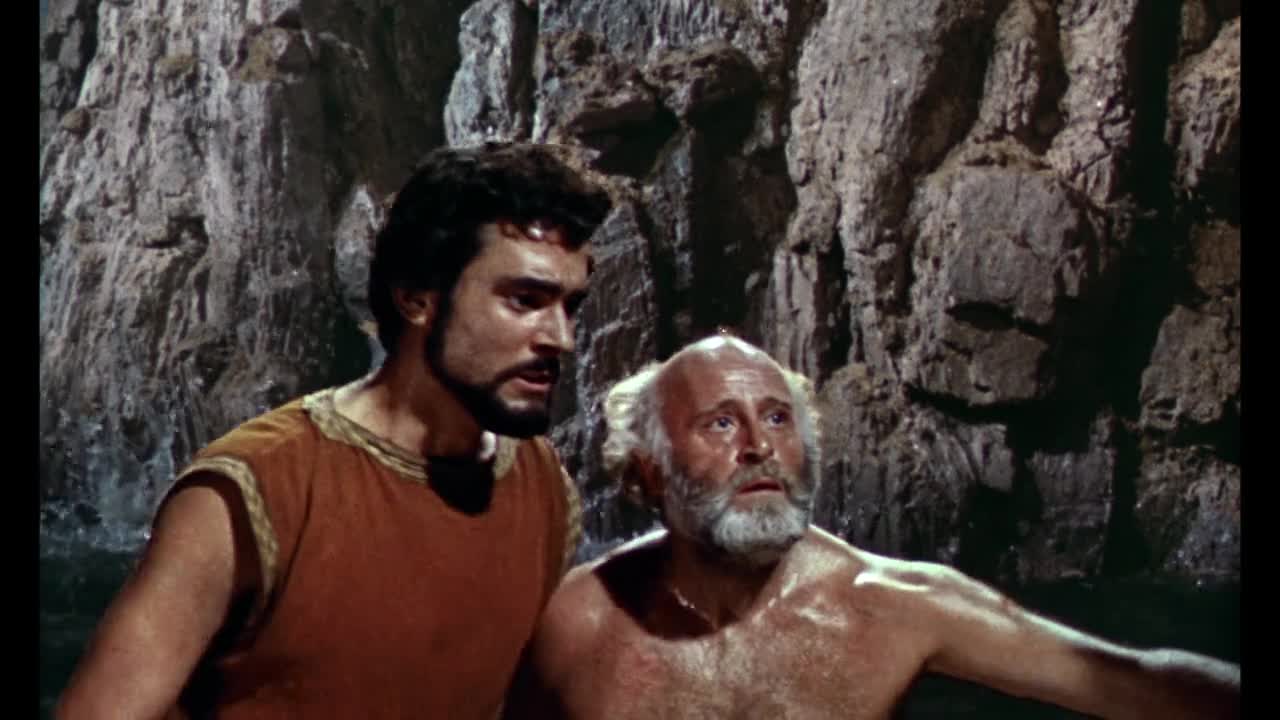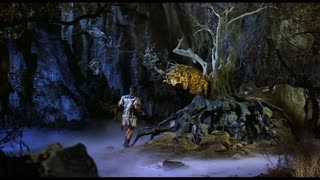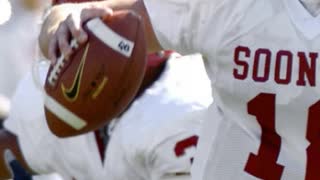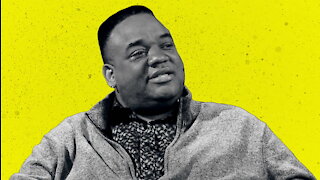Premium Only Content

Jason and the Argonauts c. 1963 : Harryhausen Dynamation
Ray Harryhausen didn’t invent the use of stop-motion as a means of creating big-screen special effects. But his contributions to the field were instrumental, and his influence remains immense, as the artist responsible for everything from the proto-kaiju that attacks New York in The Beast From 20,000 Fathoms to Bubo the mechanical owl in Clash of the Titans. Harryhausen did no less than define a whole generation of moviegoing wonder, bringing to screen flying saucers and fighting centaurs and dinosaurs, all of it decades before the advent of computer-generated imagery.
His genius wasn’t just seen in his skill when it came to designing and manipulating miniatures. He also developed a technique, dubbed “Dynamation,” that combined live-action footage with stop-motion photography, using split screen and rear projection. The result is that his animated creations appeared to exist in the real world — and never more famously than in the climactic skeleton battle in 1963’s Jason and the Argonauts, his masterpiece, in which the eponymous Greek hero (Todd Armstrong) faces down seven bony foes who emerge from the Earth at the behest of King Aeëtes (Jack Gwillim).
The intricate sequence, which took four months to film, looks so good because Harryhausen was able to sync the actions of his models up with the actions of the actors, making for an entirely convincing sword fight. First he shot the actors, who had rehearsed with stunt doubles and were then filmed performing their half of the fight, then he layered in his skeleton warriors, each of which had five appendages, into the film with their halves of the fight. “You have to make 35 moves when you have seven skeletons on the screen for one frame of film,” he later recalled of the workload. In the end, the fight was a landmark special effect. Those stop-motion skeletons shared the screen with the stars, but more importantly, they interacted with them.
https://www.vulture.com/article/most-influential-best-scenes-animation-history.html
-
 7:10
7:10
Bubbla
4 years agoThe Man With One Sandal from Jason and the Argonauts - by Chris Huebner - Original Music
52 -
 3:41
3:41
jasonwgriffin
4 years agoJason W Griffin/ Switchfoot
163 -
 5:02
5:02
One America News Network
4 years agoImpeachment 2.0 Fiasco with Jason Miller
8.62K34 -
 4:51
4:51
One America News Network
4 years agoOne-on-one with Congressman Jason Smith
3.73K18 -
 41:56
41:56
Just the News
4 years agoJTNAM: Jason Miller: Trump’s next steps
43.8K89 -
 1:11
1:11
BANG Showbiz EN
4 years agoJason Momoa starstruck by Barbra Streisand
24 -
 1:33
1:33
BANG Showbiz EN
4 years ago $0.01 earnedJason Momoa struggles with yoga
166 -
 0:22
0:22
Brontoraptor
4 years agoBIG 12 FLASHBACK 2003 JASON WHITE
126 -
 44:05
44:05
Stu Does America
4 years agoStu Does Jason Whitlock | Guest: Jason Whitlock | Ep 175
4941 -
 1:59
1:59
BANG Showbiz EN
4 years agoJason Derulo enjoys sharing his wealth
15